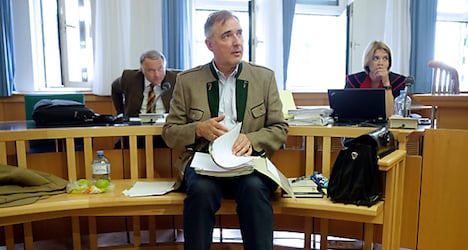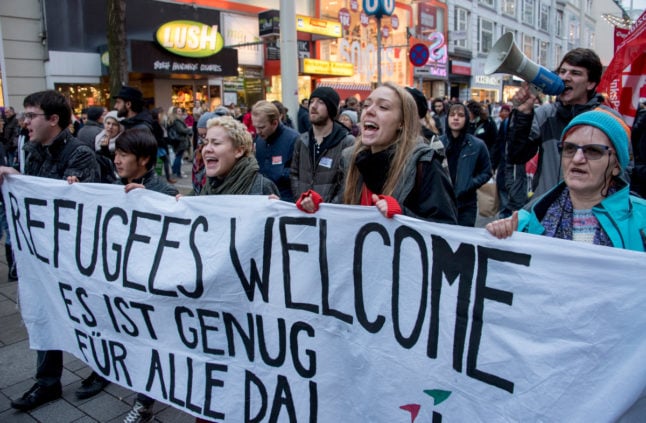The FPÖ chief accuses Stadler of blackmail and "attempting to damage his reputation, harming his person and bring him down."
The case dates back to 2007, when Stadler allegedly met with Strache-confidant, Johannes Gudenus Jr, and told him of the existence of a series of potentially incriminating photos of Strache as a young man engaged in a military style paintball match in a forest with members of a German Neo-Nazi group.
According to Strache, Stadler told him before the meeting with Gudenus – which took place in the back room of a Chinese restaurant in Vienna's third district – that he "had something incriminating against him".
There had been tensions in the FPÖ prior to the incident, which had escalated when the party had refused Stadler a loan for his right-wing Freedom Party Academy. At the same time the party was providing funds for Strache's newly opened Freedom Education Institution.
Stadler allegedly threatened to release the photos to the press if his demands for funding were not met. He also accused Strache of using drugs.
Strache declared he had done nothing wrong and "would not be blackmailed".
Shortly after the incident, Stadler left the party.
The prosecutor accuses Stadler of severe coercion, punishable by up to five years in prison. Stadler denies the charges. Additional witnesses will be questioned on Tuesday and Wednesday.



 Please whitelist us to continue reading.
Please whitelist us to continue reading.
Member comments